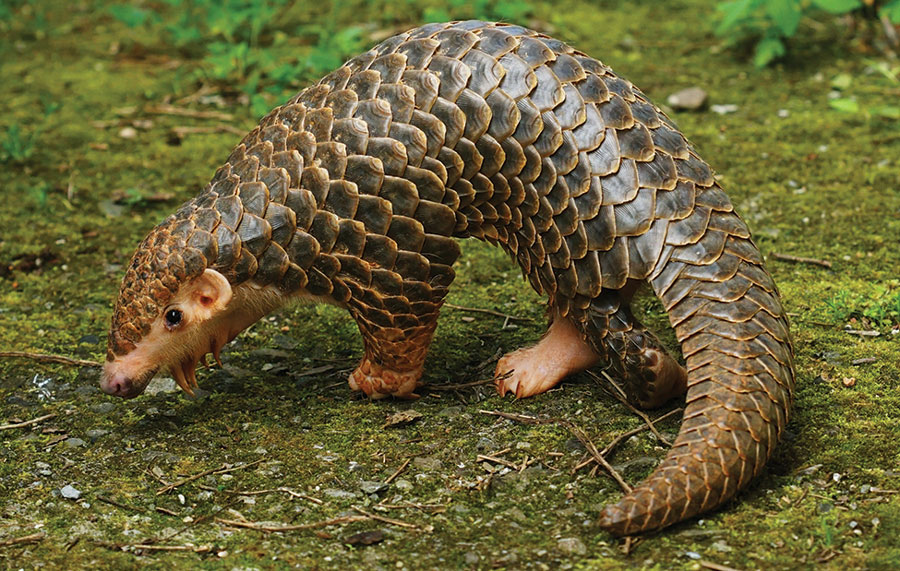Volume 27, Number 7—July 2021
Etymologia
Etymologia: Sunda Pangolin
Figure

Figure. Covered in tough keratin scales interspersed with strands of fur, the pangolin, also known as a scaly anteater, assumes an impenetrable rolled-up position when threatened. Note the short muscular forelimbs. Pangolins are endangered and World Pangolin Day is the third Saturday in February. Photo of a young Chinese pangolin (Manis pentadactyla) by Te-Chuan Chan (Taipei Zoo, Taiwan) and Wen-Ta Li (Pangolin International Biomedical Consultant Ltd., Taiwan)
Page created: June 11, 2021
Page updated: June 16, 2021
Page reviewed: June 16, 2021
The conclusions, findings, and opinions expressed by authors contributing to this journal do not necessarily reflect the official position of the U.S. Department of Health and Human Services, the Public Health Service, the Centers for Disease Control and Prevention, or the authors' affiliated institutions. Use of trade names is for identification only and does not imply endorsement by any of the groups named above.